Working Effectively from Home
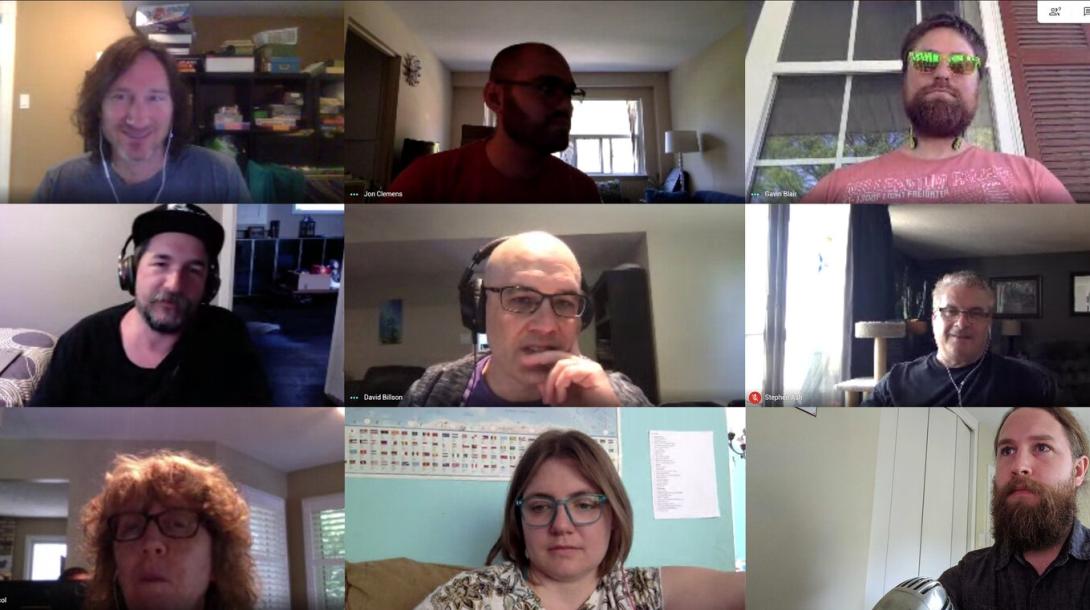
With more companies than ever exploring remote working, every remote employee is becoming an expert in what makes them the most effective. rtraction got a bit of a headstart over some of the new remote workers, however we were by no means the pioneers in it. When we started moving to a remote first company, we learned a lot from companies who had been doing it for years, and were willing to share their own experiences.
With that in mind, we wanted to share some of our own findings, and tips from our team to hopefully help make your journey to remote work a bit easier.
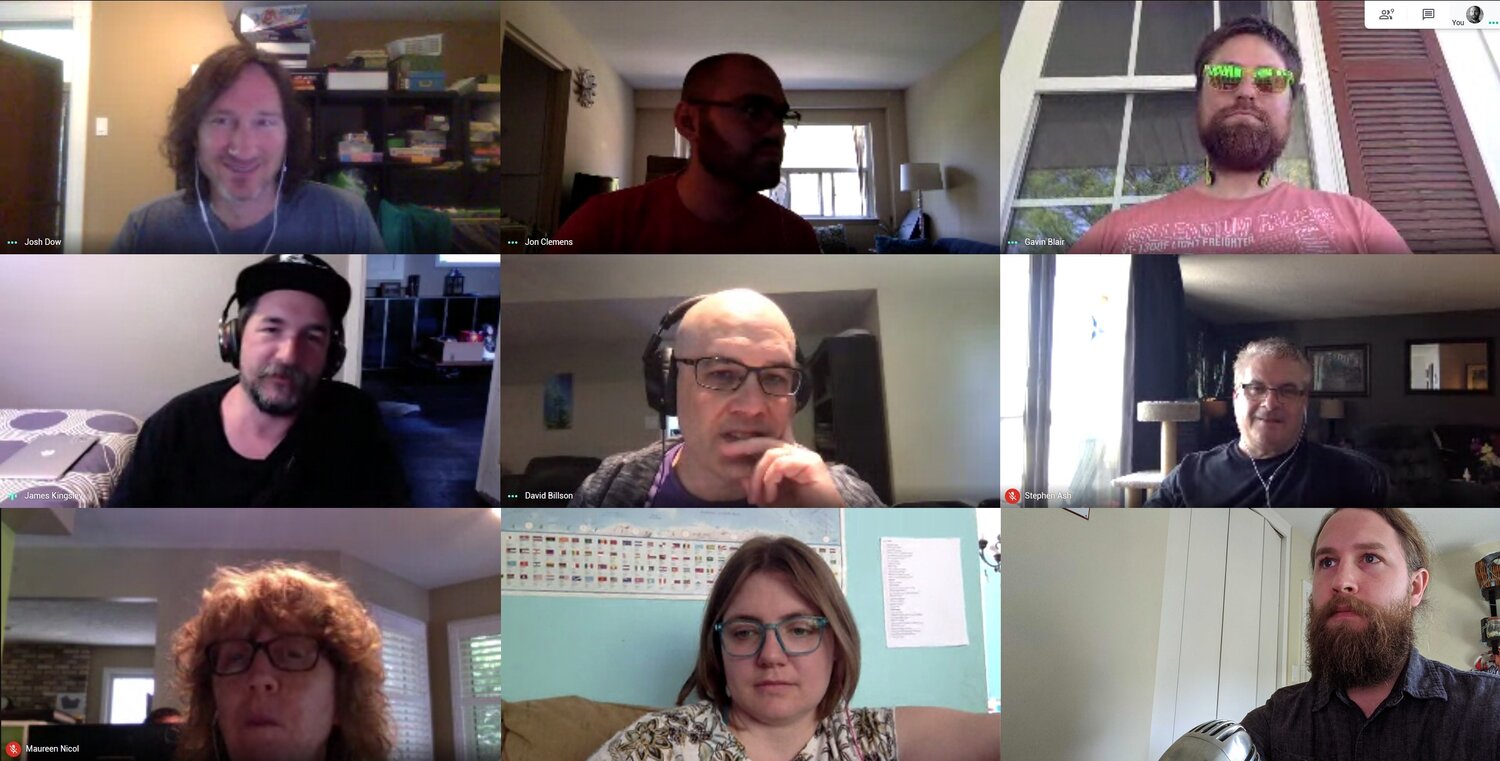
From Our Team
When we had a new member of our team join when we were working fully remote we asked our team if they had any tips for our new colleague. It ended up being great tips that we thought would be helpful for anyone.
What’s your number one tip for combating distractions when working from home?
-
Headphones and a good album
-
Turn off notifications & log out of social media sites.
-
Get all the easy to do distractions done first so you don't suddenly remember them when just getting in the zone while working.
-
If you have kids then make sure there is a routine in place
-
Focus on your work, accept that there may be small breaks to deal with "family" issues, and encourage non-working family members to be elsewhere until lunch!
How do you stay productive and motivated working virtually?
-
Listen to classical music and reward myself with a snack after a good work session.
-
Cut yourself some slack. You would take a break if you were in the office, so make sure you still grab a coffee, take a 10 minute break, go for a run at lunch...OR power through and end the day early.
-
Make sure my day is organized - know what I want to accomplish and have a list.
Supporting Your Team’s Focus & Energy
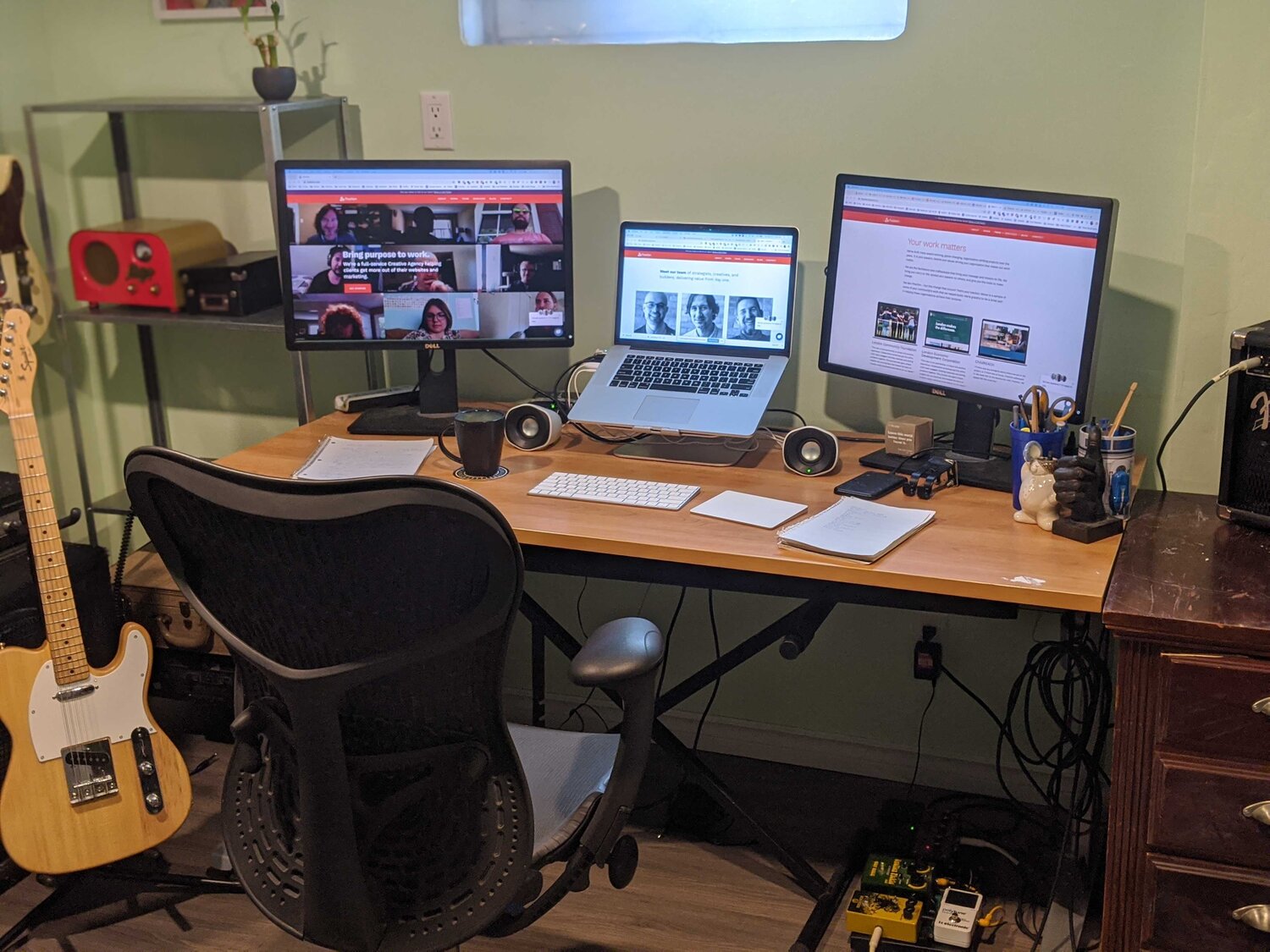
Prior to working remotely, like so many tech companies we put a ton of effort into creating what we thought was the most effective office space for our staff. This included the right tools for the job, the right coffee, etc. We went from having professionals help our team set up their chairs, and desks in the most ergonomic way possible, to having people quickly moving to working from home - at kitchen tables, and desks that were never intended for every day use.
We made the decision to make sure our team knew that they could bring their workspace to their home so they would have access to:
-
Sit/Stand Desk
-
Ergonomic Chair
-
Their Computer
-
Extra Monitors
There are challenges with this. For some of our team members their home setup was too narrow to fit the desk, so we also investigated a Physiotherapist who was able to do remote workspace consultation, to work with them on how to work safely with what they had in their home office.
Onboarding Remotely
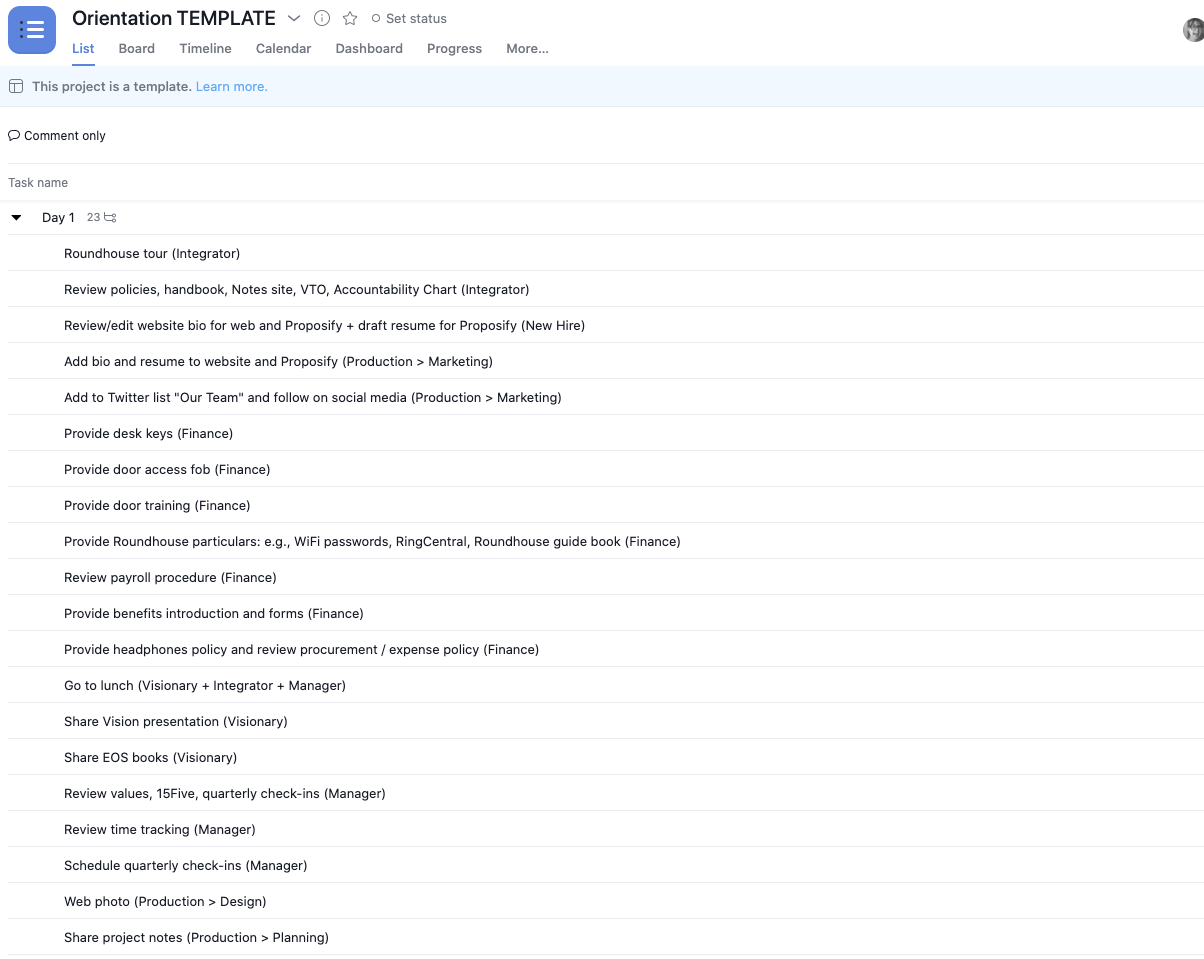
-
Send Swag and Tools
When someone starts at a new job, it’s great to have their desk setup, and take them around the office. This isn’t really an option when someone is remote. That doesn’t mean that you can’t send them everything they will need in the mail. A company T-Shirt, and even their technology - it creates a great first impression. -
Presentation of Who Everyone Is
It can be hard to get to know everyone when you don’t get a chance to meet face to face. For our team, we put together a presentation of who everyone was, so that our new colleagues got familiar from afar.
Another great option, is to leverage tools that are meant to connect people such as VidHug where you can have your team record a virtual greeting to be sent to their new coworker.
-
Onboarding Checklist
It’s easy to forget simple things, so we have a checklist that starts with the team, and continues with our new teammate. From making sure that we write their bio, to a list of what training they can complete when they join, an onboarding checklist is a great way to make sure new hires get a great start. -
Pre-Populate Training
Before they start, look for some online resources that can be helpful for their success. What are the tools they are going to be using, and there are some things they can spend their first week on, when an in person, desk share opportunity isn’t available.
Also, if there is a certification available, what a great way to get started than to get some validation that you are ready for your new job. -
Schedule calls after their first week, month and quarter to touch base
It can be so easy to slip through the cracks as a new hire remotely, as you may not feel as comfortable to reach out for help as someone whose been at the company for a longer period of time. Scheduled checkins are a great way to stay in the loop with people who may not feel comfortable coming to you just yet with concerns.
Learning from Other Companies
Highlights from the Basecamp Guide to Internal Communication
A company who we’ve benefited from both for their products, and their approach is Basecamp. For years, they have been touting the benefits of remote work, and have written resources on how to share what they’ve learned. One of our favorites, is their internal communication guide, so we thought we’d share a few of our highlights:
-
“Companies don't have communication problems, they have miscommunication problems.”
-
“The smaller the company, group, or team, the fewer opportunities for miscommunication.”
-
“You can not not communicate. Not discussing the elephant in the room is communicating. Few things are as important to study, practice, and perfect as clear communication.”
-
“Poor communication creates more work.”
-
“If your words can be perceived in different ways, they'll be understood in the way which does the most harm.”
-
“Speaking only helps who’s in the room, writing helps everyone. This includes people who couldn't make it, or future employees who join years from now.”
-
“Writing solidifies, chat dissolves. Substantial decisions start and end with an exchange of complete thoughts, not one-line-at-a-time jousts. If it's important, critical, or fundamental, write it up, don't chat it down.”
-
“Give meaningful discussions a meaningful amount of time to develop and unfold. Rushing to judgement, or demanding immediate responses, only serves to increase the odds of poor decision making.”
-
“Never expect or require someone to get back to you immediately unless it’s a true emergency. The expectation of immediate response is toxic.”
-
“Be proactive about "wait, what?" questions by providing factual context and spacial context. Factual are the things people also need to know. Spacial is where the communication happens (for example, if it's about a specific to-do, discuss it right under the to-do, not somewhere else).”
-
“If you want an answer, you have to ask a question. People typically have a lot to say, but they'll volunteer little. Automatic questions on a regular schedule help people practice sharing, writing, and communicating.”
-
“Consider where you put things. The right communication in the wrong place might as well not exist at all. When someone relies on search to find something it’s often because it wasn’t where they expected something to be.”
These are our favorites, but we’d encourage you to check out the full article, and associated resources at https://basecamp.com/guides/how-we-communicate
The 4-Hour Workweek
As someone who used to work around the clock to working just 4 hours a week, Tim Ferris’s book “The 4-Hour Workweek”, is full of tips for working more efficiently, getting more done in less time.
The book is basically a how-to manual for the idea of “Work Smarter, Not Harder”. One of the biggest shifts it had in our approach, is with email communication. In order to keep his email to a set time every week, it meant that Tim needed to change how he wrote his emails. Was everything in the email that the person receiving it would be able to resolve the issue. This approach will take more effort on your part to make sure your email is done correctly, however it saves both you, and the person(s) you are emailing time in less back and forth. You should be writing it so that you’d be surprised if there are further questions to your email.
I’ve included an example here of when someone has requested a phone call or meeting to discuss an issue. While Tim frowns upon meetings, we are more open to them.
Hello {Recipient},
I'd be happy to set up a meeting to discuss this further. To help simplify things, I've opened up my availability for you to select a time that works best for you here:
https://meetings.hubspot.com/jon-clemens
To make the best use of your time, I'd just ask the following items so that I can come prepared for you:
-
Please send me the best number to reach you at the time you've selected
-
What is your goal coming out of the meeting?
-
Please attach any relevant documentation you'd like to go over so I can read in advance
Thanks in advance,
--
Jonathan Clemens
rTraction
http://www.rtraction.com
You’ll notice here that the next step here should be that a meeting has been scheduled in my calendar. Furthermore, I know who to call, why we are having a call, and I have time to do the background research for them. I’ve saved a back and forth about finding the time, and I’ve made a more effective use of their time, by making sure that I come prepared for the meeting so we can achieve the outcome they’ve defined.
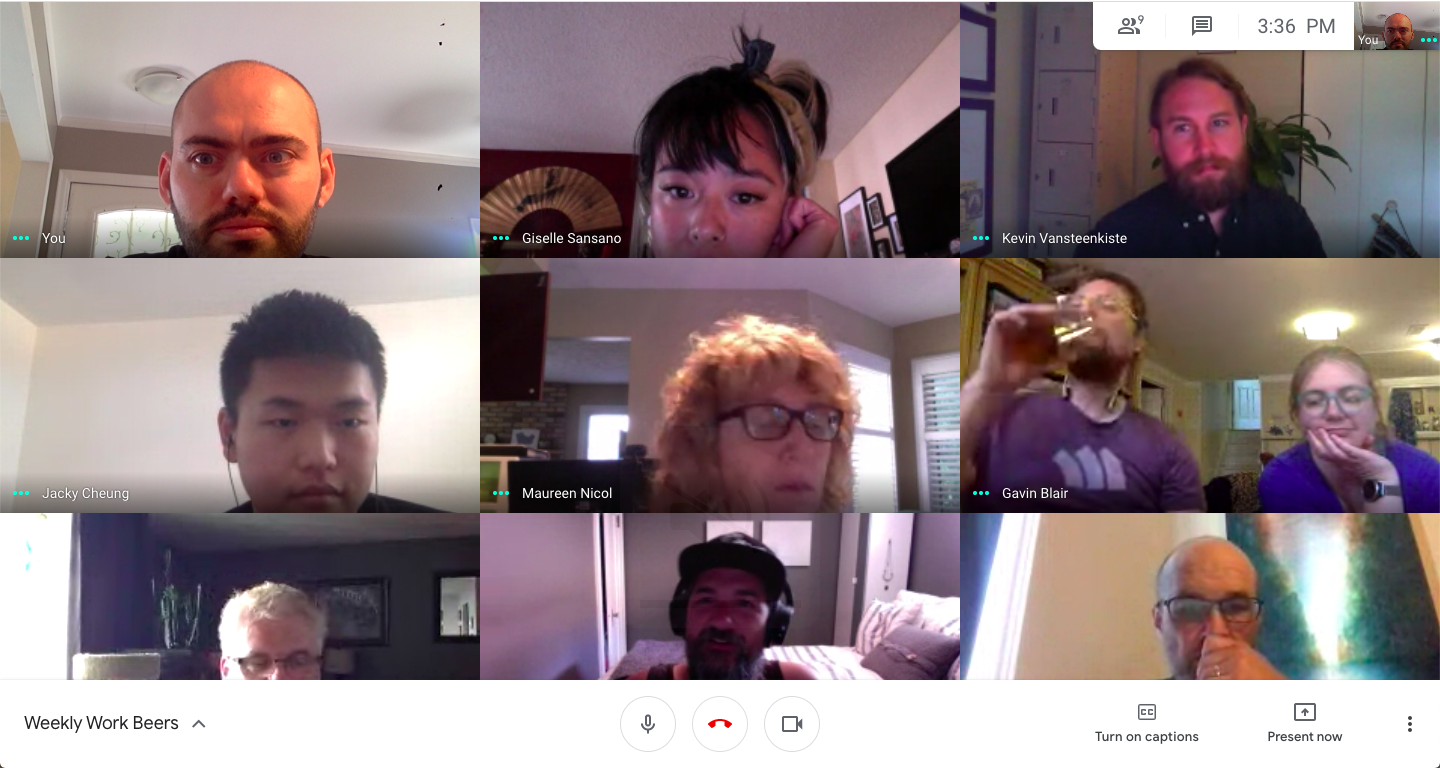
Maintaining A Healthy Work Culture
Planned Spontaneity
One of the best and worst things about being in the office together, is the ability to just drop by someone’s desk. Talk about what happened on the weekend, a favourite tv show, however it also leads to things like a casual - “Oh, how is that project going?”, or “Do you think that you could help me with this quickly?”.
While these interruptions can disrupt your workflow, there is some benefit to them as they unintentionally create workplace connection, and help to make sure things don’t slip through the cracks.
Prior to us working fully remote, we saw this problem start to creep up. While we currently all work from the same city, we would go weeks without actually seeing each other in our office. We started a, Work From Work Wednesdays, where everyone would come into the office for Wednesday morning, remember what each other looked like, collaborate before going back to working remote until the following Wednesday. Then like many of you we shifted to fully remote.
This is when we started creating Planned Spontaneity. Opportunities for the team to share something together and meetup throughout the week. We discussed this as well in more detail in, “Employee Health and Wellness During COVID”.
We began planning a weekly half an hour, informal call where we would decide on a challenge for the next week, and discuss how the current challenge went. These ranged from Who Could find the Most unique Plants, Bird Watching, and Scavenger Hunts. We’ve been doing this every week since April and its a great opportunity to connect with each other.
